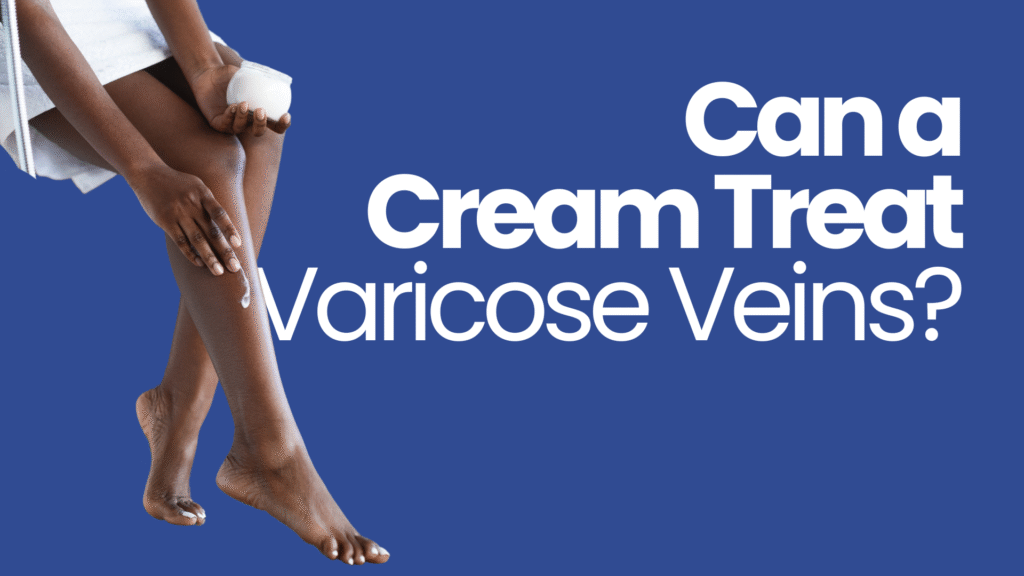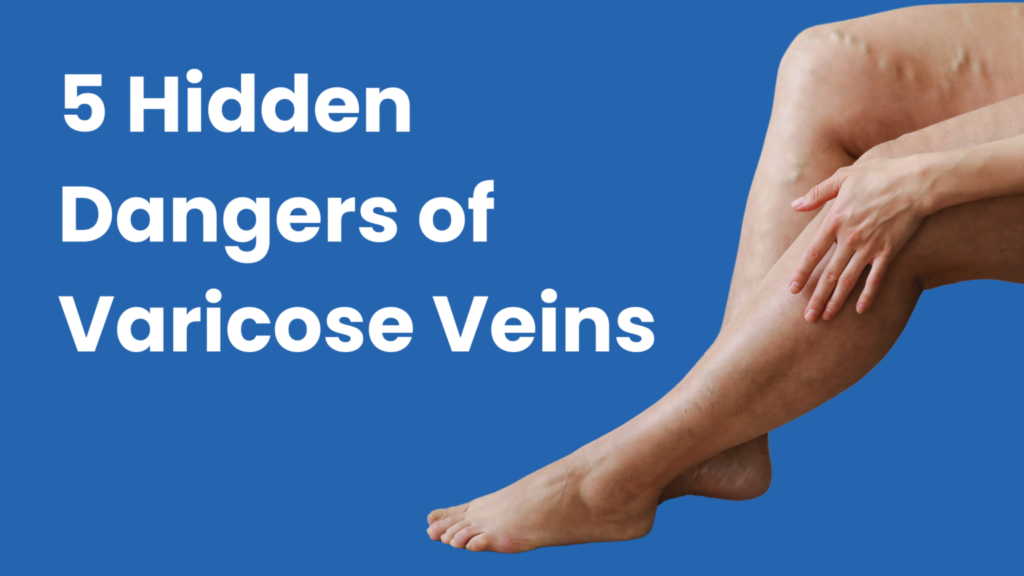Aging can be frustrating for many reasons. For starters, it’s the primary risk factor for a number of health issues, including cardiovascular disease, which affects nearly half of adults in the United States. Where the frustration comes in is that there is not a lot we can do to stop the aging process.
But that doesn’t mean there isn’t anything you can do to fight back against the effects of aging, which includes your vascular health.
In this blog installment, the team at Soffer Health Institute, led by cardiologist Dr. Ariel Soffer, is focusing on vascular problems — more specifically, how to avoid them as you age.
From more superficial problems like spider veins and varicose veins to more serious issues like peripheral artery disease, here are some strategies that everyone over the age of 50 should practice to boost their vascular health.
Exercise your legs
When we discuss vascular problems, we’re mainly referring to those in your legs, where they tend to crop up more than in other places. This is due to the fact that your legs are far from your heart, and your blood vessels have to work harder in your lower extremities, which is why problems tend to show up there first.
For example, each year, 150,000 people are diagnosed with chronic venous insufficiency (CVI), which is the primary culprit behind varicose veins. In the more advanced stage, CVI can become more problematic and lead to cramping and edema (leg swelling).
To fight back against issues like CVI and varicose veins, it’s important to encourage better circulation in your legs. This means taking to your feet more regularly through exercise — about 30-60 minutes per day is a good rule of thumb. And remember, this exercise doesn’t have to be running for miles; it can also be in the form of yard work or housework.
Strengthen your calves
When you have CVI, the valves in the veins in your legs weaken, which allows blood to spill backward. These valves rely on calf muscles to help them do their work, so it’s important that you take steps to strengthen your calf muscles. This can be done through exercise, but we also recommend targeting your calf muscles — stand up on your tiptoes several times or flex your feet forward and back while you’re watching TV. These small efforts will go a long way toward supporting the blood vessels in your legs.
Ditch the poor diet
What you eat directly impacts your vascular health — trans fats and sugary or refined carbs are enemy number one because they lead to atherosclerosis (blockages in your major blood vessels). An example of this is peripheral artery disease (PAD), which affects 1 out of 20 Americans over the age of 50 (there’s that age again!).
As PAD progresses, you can experience swelling and pain in your legs, not to mention you’re more at risk for more serious heart disease, including heart attack and stroke.
So, ditch the junk foods, fried foods, baked goods, and processed foods in favor of fruits, vegetables, lean proteins, nuts, legumes, and whole grains.
Ultimately, diet and exercise are the most effective ways to ward off vascular problems when you’re over the age of 50. What’s also helpful in staying one step ahead of vascular disease is to come see us for a free vein evaluation.
To get started, please contact one of our offices in Weston or Aventura, Florida, to schedule an appointment.



